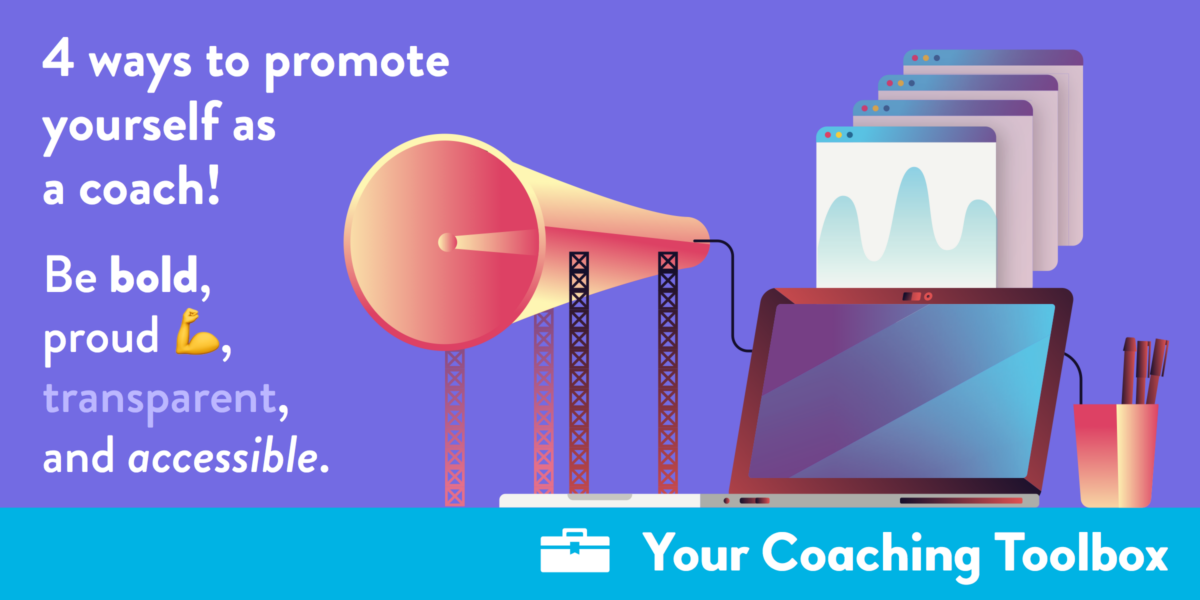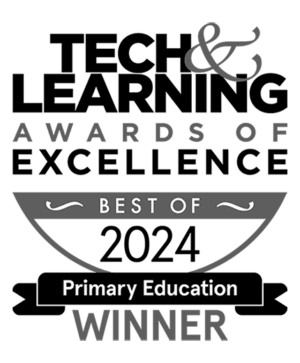Featured Resource
Why Over Half of California School Districts Trust SchoolStatus
Read More >Join Mission: Attendance to reduce chronic absenteeism in 2025-26! >> Learn How <<




Brandy Alexander, elementary instructional specialist in the Houston, TX area shares four ways to publicize and promote your coaching role—a must for any coach working in a less-than-perfect coaching environment.
The first time I publicly talked about toxicity in schools and hard-to-coach environments, I was extremely nervous. I thought my coworkers were going to catch wind of my topic and assume I was talking badly about them. I also worried my principal or district would get highly offended. Luckily neither happened, but what I did experience when I presented my material at a state conference for instructional coaching took me completely by surprise: my session was completely full! I was shocked—and somewhat relieved—to know that less-than-perfect coaching environments are more common than I first imagined.
I want to share a few things that have worked for me to help support others who may find themselves in less-than-perfect coaching situations—things that have helped me grow my teams and schools to foster better relationships, grow a student-centered environment, and build trust with key players in a coach’s role. I’ll talk more about hard-to-coach environments in a future post; in this one, I’ll look at simple ways you can publicize and promote your role as a coach in your organization.
Throughout my 5 years of being an instructional coach, I’ve found that teachers generally lack awareness of the complexities of the position (i.e., the responsibilities of the role and the demands on our schedule). Whether you’re a coach who works with 5 teachers or one who works across multiple buildings, schedules fill up quickly. Yet, when teachers know the various aspects of my role and how I spend my time I gain more trust, understanding, and support.
One of the easiest ways to combat the demand on my schedule is by sharing an online calendar. Providing a clear picture of my scheduled time creates awareness of my availability and also communicates professional boundaries with my colleagues. Once this is set up, I create QR codes or even shortened links for them to sign up for appointments, model lessons, video sessions, read-alouds, or more. I then put the link and/or QR code outside my office and encourage teachers to find a time that works best for them.
This has helped me to maximize my time in classrooms and other responsibilities, plus build relationships with teachers that are built on honesty and openness.
At the end of each year, the entire school is sent a link in which they can provide feedback on me and my work. This is because after my first year in the position, I got a comment that really made me think: “Miss Alexander is rarely ever in her office. She cannot be found after school, either…” My initial reaction was, “I’m out doing the work!” but upon reflection, I clearly needed to be more easily accessible throughout the day.
I use my cell phone so teachers are able to get instant support. My phone dings throughout the day and I’m able to help troubleshoot and support teachers in a more effective way. This, in turn, has significantly helped me build relationships quickly with any teachers, staff members, campus or group I lead. But how do I get my number in the phones of teachers I might not have a good relationship with?
That question made me put my business owner hat on: when I want to keep my customers close, I ensure they have my contact information at every single opportunity. I send them texts to follow up, I am the catalyst of our communication. I put that same philosophy into my coaching: the most useful idea I have used so far is my bright and friendly magnetic business cards with my contact information on it, which you can get online.

Pro Tip: Bitmojis are also a great way to build relationships!
Each year near the beginning of the school year, I walk around the building, offer a small treat (chocolate is always a hit), and slap my business card on their filing cabinet, desk, or white board myself!
Being an instructional coach, or a part of a campus or district leadership team, should come with pride. Sometimes we put that aside so that we come across humble or meek with our teams. But take a minute (often!) to remember the hard work you do and find time to get together with the other coaches—you can also consider getting some coaching shirts to PR your specialized roles.
Yes, you may have days where you wear other team shirts, for grade levels or content areas, but don’t forget the coaching department. Make sure you come together and show your pride and commitment to supporting teams on campus because it will show others that you love your unique campus position and value serving others in your role.
One last thing to consider in your coaching role: be bold. What I mean by this is, have a “do it anyway” mentality when you are trying new ideas on a campus.
Once I stepped out of the classroom I lost access to students in the same capacity and depth as a classroom teacher. However, I’ve found a different way to keep that connection while working primarily with adults during school hours: a monthly student book club. I welcome students to join me before school as we read books with diverse protagonists. This has allowed me opportunities to throw a “Book Prom” at the end of the year and be able to develop close relationships with the reading community on my campus, including parents. Also, in an effort to increase inclusion, during our annual “Pictures with Santa” event this year I created a “Winter Wonderland” experience for families who don’t celebrate Christmas.
These opportunities took a bit of boldness to step up to my administration and step out in front of the entire staff with new ideas. I’ve found as a coach I’ve been able to develop relationships with other bold and innovative teachers while doing this work. These like-minded colleagues support me in my efforts and, in return, it allows me to serve them as a coach even better than before because of the connection and similar passions we share. If you find yourself on a campus that is striving to increase a positive coaching culture, stepping out and showing your vulnerability will help model for teachers how the same can be done inside a classroom.
By being transparent, accessible, proud, and bold I know that you will be taking the best next step in your coaching role. Regardless of the environment you may currently be serving in, you can have a positive impact on your campus or district.
Brandy Alexander is an elementary instructional specialist in the Houston area. Previously, she taught second and third grade for seven years, and worked in the education policy field. Brandy has her bachelors degree at the University of North Texas and a Master of Education Administration from the University of Texas at Austin.
Outside of her daily job, she presents workshop sessions at national and state conferences, serves as a board member for the West Houston Area Council of Teachers of English, and is Director of the Community Involvement Committee for the Texas Association of Literacy Educators.
Follow her on Twitter at @ReaderLeaderBSA!
{{cta(‘352a410e-db79-4f33-a482-d301e8041965′,’justifycenter’)}}
 SchoolStatusSchoolStatus gives educators the clarity and tools they need to get students to class and keep them moving ahead. Through our integrated suite of data-driven products, we help districts spot attendance patterns early, reach families in ways that work for them, and support teacher growth with meaningful feedback. Our solutions include automated attendance interventions, multi-channel family communications in 130+ languages, educator development and coaching, streamlined digital workflows, and engaging school websites. Serving over 22 million students across thousands of districts in all 50 states, SchoolStatus helps teachers and staff see what matters, act with speed, and stay focused on students.
SchoolStatusSchoolStatus gives educators the clarity and tools they need to get students to class and keep them moving ahead. Through our integrated suite of data-driven products, we help districts spot attendance patterns early, reach families in ways that work for them, and support teacher growth with meaningful feedback. Our solutions include automated attendance interventions, multi-channel family communications in 130+ languages, educator development and coaching, streamlined digital workflows, and engaging school websites. Serving over 22 million students across thousands of districts in all 50 states, SchoolStatus helps teachers and staff see what matters, act with speed, and stay focused on students.
News, articles, and tips for meeting your district’s goals—delivered to your inbox.















Ready to learn more about our suite of solutions?
